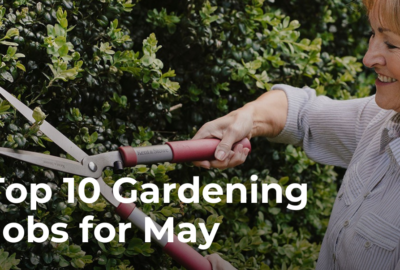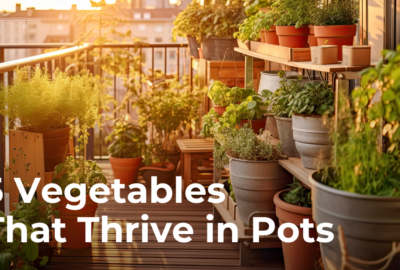Gardening Advice
June Gardening Tasks
As the days grow longer and the evenings warmer, June offers the perfect opportunity to enjoy extended hours in the garden. The vibrant colours and fragrances from blooming flowers, along with ripe vegetables and fruit ready for harvest, make this month particularly rewarding for gardeners.
Essential June Gardening Tasks
Watering
Proper watering is crucial in June. Focus on recently planted areas, containers, and hanging baskets. It’s better to water borders deeply once a week rather than lightly every day. Containers, however, need daily watering. Watering in the early morning or evening is recommended to reduce evaporation. Direct the water at the soil, not the leaves, to prevent scorching. The FloPro SoftFlo Spray Gun is ideal, as it mixes water with air to create a gentle flow, protecting the soil and plants.
Plant Bedding and Hanging Baskets
Fill gaps in your borders with summer bedding plants, keeping them well-watered during their first month. Protect them from slugs and snails. Planting pots and hanging baskets with a mix of trailing and upright plants can add vibrant colours and lush greenery. Petunias, geraniums, lobelias, and fuchsias are excellent choices. Use high-quality compost like RocketGro Multi Purpose Compost, which retains moisture and reduces plant stress, ensuring abundant blooms and healthy foliage. Regular feeding with Boost All Purpose Plant Feed can produce up to four times more blooms.
Deadhead Roses
To encourage a second bloom, remove faded rose flowers by cutting back to a strong side shoot. Wilkinson Sword Straight Snips, with their precise cutting action, are perfect for this task. After deadheading, feed the roses with a specialist rose feed.
Prune Early Summer Shrubs
Prune shrubs such as Weigela, Kolkwitzia, and Deutzia after they finish flowering. Remove about one-third of the stems to improve air and light circulation. Feed the shrubs with a multi-purpose feed like Growmore or Chicken Manure Pellets after pruning.
Take Cuttings of Dianthus
June is ideal for taking cuttings of Dianthus. Cut from young, non-flowering shoots, removing the bottom pair of leaves. Place the cuttings around the edge of an 8cm pot filled with Seed & Cutting Compost, water gently, and keep in a shady spot.
Trim Hedges and Topiary
Clip evergreen hedges such as Yew, Privet, Box, Lonicera nitida, and Leyland Cypress. Also, trim topiary box if you haven’t already. After trimming, ensure the plants are well-fed and watered.
Sow Fast-Growing Annuals
There’s still time to sow fast-growing annuals like Clarkia, Virginia Stock, Candytuft, and Calendula. These should bloom within 10 to 12 weeks, filling any empty spaces in your garden.
Feed Flowering Plants
Feed all ornamental, ericaceous, fruit, and vegetable plants with Boost All Purpose Liquid Plant Feed during watering. This will yield four times more blooms compared to watering alone.
Harvest Vegetable Crops
Many vegetables will be ready for harvest in June. Early crops like peas and broad beans benefit from regular picking. Other vegetables ready for harvest include turnips, carrots, and beetroots. If the weather is favourable, new potatoes may also be ready by month’s end.
Plant Outdoor Tomatoes
It’s safe to plant tomatoes outdoors now. Choose a sunny, sheltered spot, preferably against a south-facing wall. Water and feed well for the best results. Tomorite Plant Feed is recommended for bigger, juicier tomatoes, but start feeding only after the first truss has set.
Keep Your Lawn Looking Fresh
Mow your lawn weekly to keep it healthy and thick. Regular feeding is also important to provide necessary nutrients, promote thick and green growth, and deter weeds and moss. Safelawn is a pet and child-friendly option that feeds year-round, ensuring a lush, green lawn.















